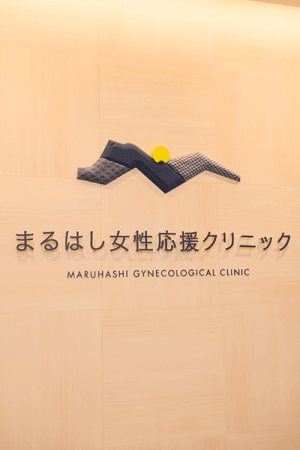Breech
What is Breech Presentation? When Does It Become Noticeable?
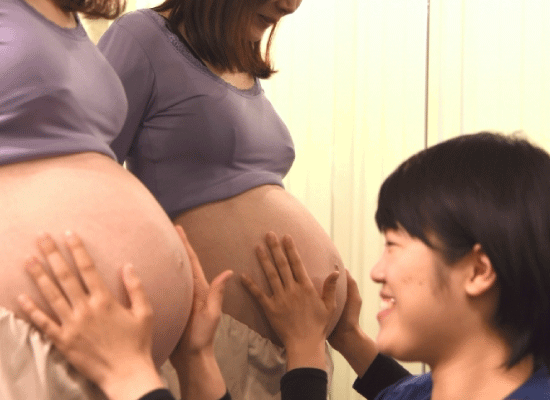
The baby grows healthy and strong in the womb, but as pregnancy progresses, the baby assumes a position with its heaviest part, the head, positioned downwards in preparation for birth.
However, for various reasons, an abnormal position can occur where the head is not downward, which is called “breech presentation.”
Here are some data about breech presentation:
It is said that around 20-30% of all fetuses are in a breech position between the 24th and 27th week of pregnancy.
The period when breech presentation is most likely to naturally correct itself is around the 28th week, but even if the breech position is corrected, it can sometimes revert back to breech.
Breech presentation is something the pregnant woman herself may not clearly recognize, and it often goes unnoticed until it is pointed out by the doctor during a routine prenatal checkup. Furthermore, many are told to “wait and see,” and if the breech position is still not corrected by the 33rd-34th week, a C-section birth date is suddenly decided. At that point, many pregnant women realize that “natural birth is not possible,” which causes panic. The reality is that many women experience this moment of realization. Prenatal checkups are usually every 4 weeks until the 23rd week of pregnancy, and after that, they are scheduled every 2 weeks, making it difficult to precisely determine when the breech position began.
When is the Best Time for Treatment?

The percentage of deliveries with a breech baby is around 3-5% of all births, and for safety reasons, in most cases, a “C-section” is chosen.
Even if breech presentation is diagnosed around the 24th to 27th week of pregnancy, it usually resolves naturally in many cases, and the advice is often to “not worry too much.”
Until recently, treatment was typically started between the 28th and 32nd weeks, as the baby is still small and easier to turn. After the 34th week, the baby grows larger, making it harder to turn, so the “Breech Correction Program” was recommended to begin around the 28th week.

Also, those who have had breech diagnosed for a longer period tend to have more difficult cases to treat.
At Medical Japan, we recommend starting the “Breech Correction Program” as early as possible after being diagnosed with breech presentation, to correct the position and prevent recurrence.
Classification
There are various types of breech presentation. When classified by the baby’s position, it can be divided into the following three types.
- 01.Longitudinal
- 02.Transverse
- 03.Oblique
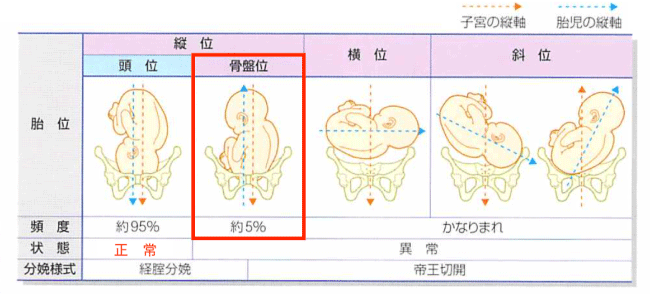
• Knees presentation
• Feet presentation
This occurs when the baby is positioned diagonally in relation to the mother’s body axis… quite rare
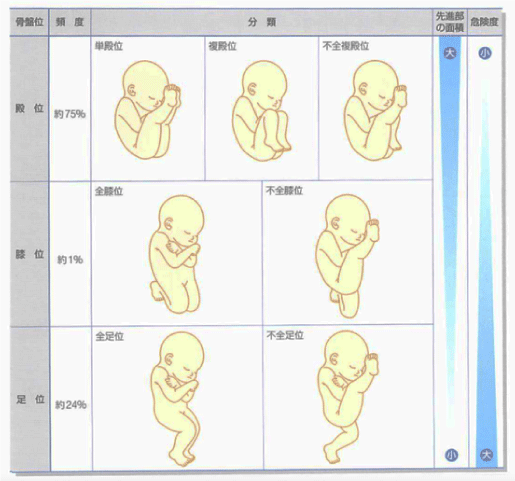
If you are diagnosed with breech presentation during a prenatal checkup, ask about the baby’s position and the location of the head and feet so you can monitor the progress later.
Even if the breech persists during the next checkup, if the position has changed, it is likely to correct itself more easily. If the position remains unchanged, it may be a more difficult case to treat.
Causes of Breech Presentation
The exact cause of breech presentation is not well understood, but the following three factors are considered to be contributing factors that make it more likely to occur.


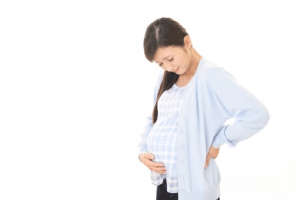
① Problems with the Uterus
Issues with the shape or position of the uterus or placenta can prevent the baby from moving freely, increasing the likelihood of breech presentation.
• Uterine malformations
• Uterine fibroids
• Narrow pelvis
• Placenta abnormalities (placenta previa, low-lying placenta), etc.
② Issues with the Baby’s Surrounding Environment
Problems with the baby or the surrounding environment may make it difficult for the baby to move freely inside the womb, which can lead to breech presentation.
• Excess amniotic fluid
• Multiple pregnancies
• Extension of the baby’s lower limbs
• Low birth weight
• Fetal abnormalities (anencephaly, hydrocephalus), etc.
③ Problems with the Pregnant Woman’s Lifestyle
The above-mentioned factors all contribute to poor blood circulation to the uterus. As a result, it becomes more difficult for the baby to move freely, which increases the risk of breech presentation.
• Poor posture (e.g., slouching)
• Sudden weight gain
• Lack of exercise
• Stress
• Lack of sleep
• Cold feet and legs
• Fatigue, etc.
What Are the Risks and Dangers of Breech Presentation?
If a baby is in breech presentation, the following risks and problems may occur:
In cases of footling breech or kneeling breech, even before the due date, the baby may move its legs, causing premature rupture of membranes (complicated in 30-50% of cases), umbilical cord prolapse, or even the baby’s own prolapse, leading to the risk of death for the baby.
Normally, the baby’s largest part, the head, helps to widen the birth canal, making it easier to be born. However, if a breech birth is attempted naturally, the limbs can become stuck in the birth canal, causing dislocations, and the head will come out last, resulting in a difficult delivery (delivery injuries from traction are twice as high as those from normal vaginal births).
Additionally, the baby may experience oxygen deprivation to the brain, leading to a state of asphyxia, which can result in post-birth disabilities or, in the worst-case scenario, death (the mortality rate is three times higher than in normal vaginal births).

Why is a Cesarean Section Chosen for Breech Presentation, and When is the Delivery Timing?

From a Western medical perspective, considering the risks and safety for both the mother and baby in a natural birth, a “cesarean section” is seen as the best option. Additionally, there is no specific treatment for breech presentation, and factors such as recent litigation in obstetrics have influenced the current practice of opting for a cesarean section when breech is diagnosed, with a high probability.
Regarding timing, it is usually scheduled around 37 to 38 weeks, depending on the doctor’s assessment, considering the following factors:
• It is safer to schedule the cesarean before labor or rupture of membranes occurs, as it can be dangerous once these events happen.
There was no recognition of breech presentation, and when labor began, the baby’s limbs would appear, but they got stuck, resulting in a “difficult birth.” It was only then that it was realized that the baby’s position was unusual.
If a breech baby is delivered vaginally, the largest part—the head—comes out last, greatly increasing the risk of suffocation. The smaller the first part of the baby to come out, the more dangerous it becomes due to inadequate dilation of the birth canal. (The risks increase in the order of breech → kneeling breech → footling breech.) Furthermore, pulling on the baby’s hands or feet increases the risk of dislocation. Because of these reasons, it is advised that a scheduled cesarean section be performed in the case of breech presentation.
Unique Breech Treatment at Medical Japan
Examination Using Ultrasound


Intervention Example Using Ultrasound
At Medical Japan, we perform treatment while screening using ultrasound. This helps minimize risks and ensures safe treatment.
Moxibustion on Sanin-ko (Above the Inner Ankle) and Shiin (Small Toe)
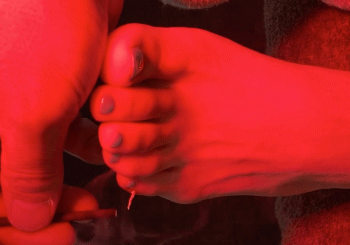

For breech treatment, we apply moxibustion to Sanin-ko (above the inner ankle) and Shiin (small toe). We use moxibustion tailored to the individual’s constitution, offering everything from electric moxibustion devices that won’t cause burns to traditional moxibustion with smoke.
Physical Therapy with Acupressure on Effective Points
Acupressure on effective points, based on years of experience, has an extremely powerful effect. The reason for this is the use of somatic-visceral reflex, which stimulates the surface of the body to prompt responses from the internal organs. Furthermore, through exercises such as Pilates, we also correct pelvic misalignment, creating a comfortable environment for the baby and preventing recurrence. Our clinic’s uniquely developed “4D Exercises” are ideal for correcting the pelvic environment.
Therefore, whether using acupuncture, moxibustion, or acupressure, we provide the most suitable treatment tailored to each patient.
Breech correction can be seen even after the 32nd week of pregnancy, so please feel free to consult us.References
Endorsed by Obstetricians and Gynecologists
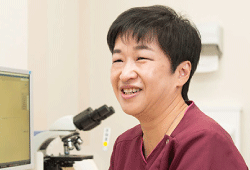
Certified by the Japan Society for Sexually Transmitted Infections
Specialist of the Japan Society for Women’s Medicine
Designated Doctor for Maternal Protection Law
Preconception Care

Positioning of Preconception Care in Life(Quoted and modified from WHO)
Conception refers to the moment when a new life is conceived in the womb, meaning fertilization.
Preconception care refers to the time when women and couples consider their future pregnancy and reflect on their lifestyle and health.
This care is not only necessary for women who are planning pregnancy. It aims to improve the health of women and couples, increase the chances of having a healthy baby, and help them live a healthier life with their future family.
In Japan, the Preconception Care Center was first established at the National Center for Child Health and Development.
The Preconception Care Center aims to provide all women and couples considering future pregnancies with a comprehensive health check and allow them to consult specialists in various fields about their daily life and health. It particularly focuses on consultations regarding future pregnancies and childbirth for individuals who have current or past health issues, couples who have difficulty getting pregnant, and those who have not achieved successful results despite previous attempts to conceive.

In addition, we provide up-to-date information on pregnancy and childbirth for medical conditions that were previously not well-documented, ensuring that everyone has access to the latest information they should know before pregnancy.
・Department of Obstetrics and Gynecology, Jikei University School of Medicine
・Kyorin University Hospital
・Osaka Medical University Hospital
※ These facilities only provide preconception consultation services.


